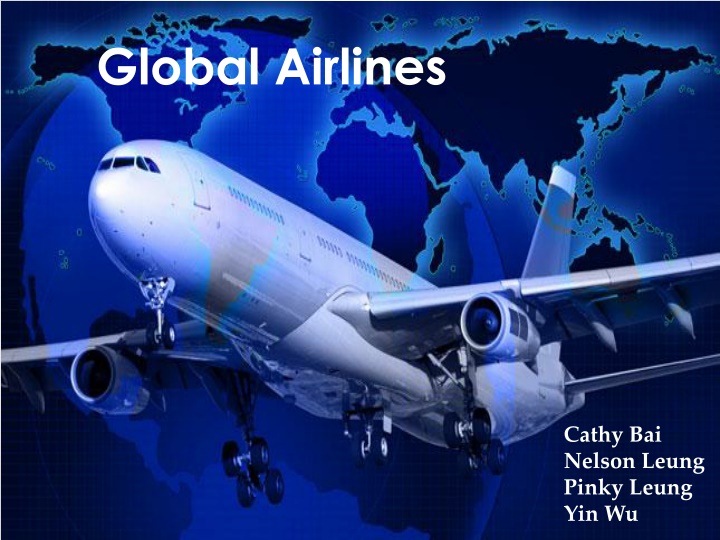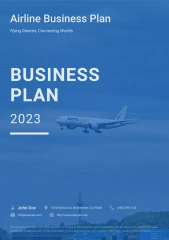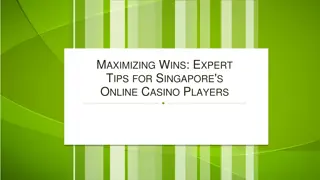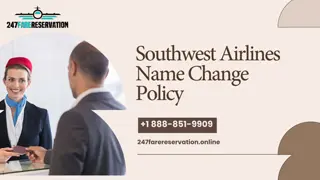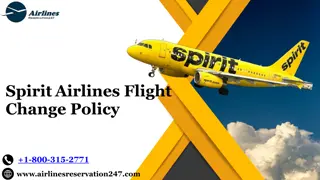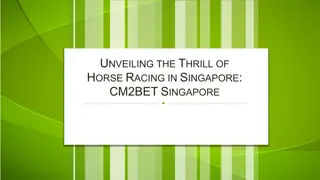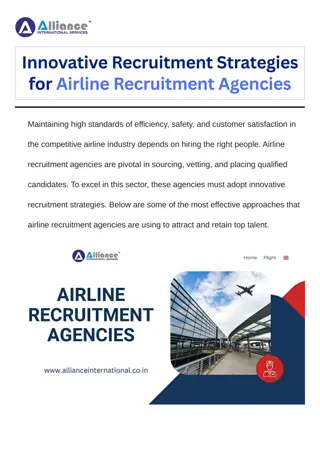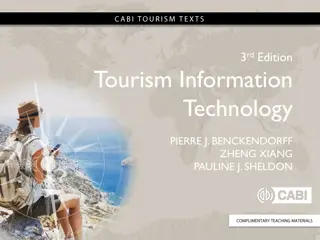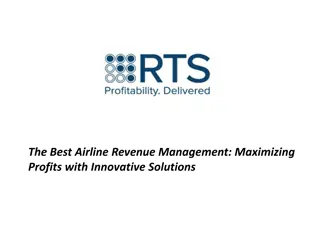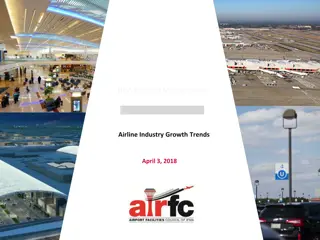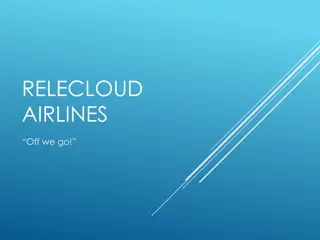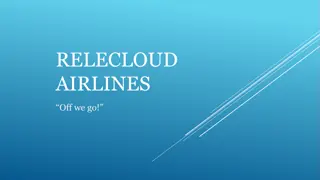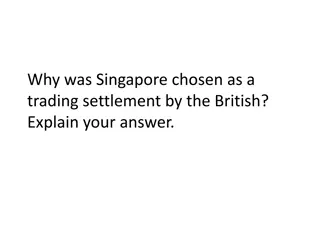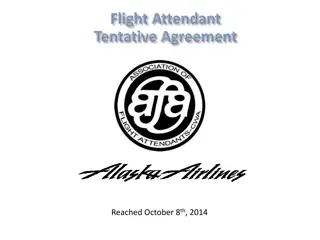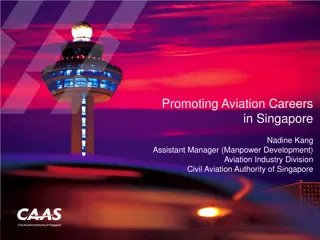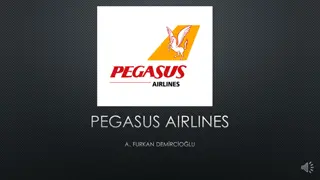Insights into Global Airline Industry: Singapore Airlines and Southwest Airlines Comparison
Delve into the Global Airline Industry through detailed examinations of two key players, Singapore Airlines and Southwest Airlines. Explore company overviews, financial statements, and risk management strategies to gain valuable insights into the operations and performance of these airlines.
Download Presentation

Please find below an Image/Link to download the presentation.
The content on the website is provided AS IS for your information and personal use only. It may not be sold, licensed, or shared on other websites without obtaining consent from the author.If you encounter any issues during the download, it is possible that the publisher has removed the file from their server.
You are allowed to download the files provided on this website for personal or commercial use, subject to the condition that they are used lawfully. All files are the property of their respective owners.
The content on the website is provided AS IS for your information and personal use only. It may not be sold, licensed, or shared on other websites without obtaining consent from the author.
E N D
Presentation Transcript
Global Airlines Cathy Bai Nelson Leung Pinky Leung Yin Wu
Agenda Global Airline Industry General Information Singapore Airlines Company Overview Financial Statement Risk Management Southwest Airlines Company Overview Financial Statement Risk Management
Terminology ASK Available Seat Kilometers o The number of seats available for sale multiplied by the distance flown ATK Available Tonne Kilometres o The number of tonnes of capacity available for the carriage of revenue load (passenger and cargo) multiplied by the distance flown RPK Revenue Passenger Kilometer o The number of revenue passengers carried multiplied by the distance flown Revenue per RPK: o Passenger revenue from airline scheduled operations divided by airline scheduled RPK CTK Cargo Tonne Kilometers o The number of revenue tonnes of cargo (freight and mail) carried multiplied by the distance flown
Airline Industry The secret of this business is you've got to have a defensive strategy, as well as an offensive strategy. Fred Smith, FedEx founder and CEO The Wall Street Journal, 14 July 2010
Airline Industry The airline industry is characterized by: High competition High overhead costs Low profit margins Sensitive to external factors o Social influences o Technological influences o Political influences o Legal influences o Economic influences
Airline Industry Definition: o Airline industry is a system of transportation o Part of Aviation industry o Moving people and goods o Utilizing the airways o One of the only true global businesses
Business Models ? Model? Network-Legacy?Airlines? Low-Cost?airlines? Hub? and? Spoke? ? Point? to? point? Routes? ? Fare? ? ? Aircrafts? Airlines? alliances? Classes? e.g.? ? International,? main? airports? High? Luxury? (A380,? 747,? 777 )? Yes? Economic/Business/First? Class? Economic? Singapore? Airline? Regional/domestic? Low? ? Cheaper? (A310,? 737 )? No? Southwest?
Airline Alliance An agreement between two or more airlines to cooperate on a substantial level. Most of the largest passenger airlines worldwide are members of the three major alliances: the Star Alliance, Oneworld, or SkyTeam
Airline Alliance Pros Cons Extended Network through codeshare agreements Less competition can cause higher prices Cost reductions and traveler benefits Less frequent flights
Passenger Airline Alliances Oneworld SkyTeam StarAlliance American Airlines British Airways Cathay Pacific Finnair Iberia Japan Airlines LAN Malev Mexicana Qantas Royal Jordanian S7 Airlines Aeroflot AeroMexico AirEuropa Air France Alitalia China Airlines China Eastern China Southern Czech Airlines Delta Airlines Kenya Airlines KLM Korean Air TAROM Vietnam Airlines Adria Airways Aegean Airlines Air Canada Air China Air New Zealand ANA Asiana Airlines Austrian Blue1 bmi Brussels Airlines Croatia Airlines EGYPTAIR Ethiopian Airlines LOT Polish Airlines Lufthansa Scandinavian Airlines Singapore Airlines South African Airways
Cargo Alliance WOW Alliances SkyTeam Cargo ANA/UPS Alliances
Small vs. Large Airlines Larger Airlines Smaller Airlines More active hedgers of fuel costs Lacked sufficient resources Highest costs of financial distress Lacked strategic foresight
Types of Risks Basis Risk Exchange rate Risk Counterparty Risk Liquidity Risk Credit Risk Interest Rate Risk Other Risks Fuel Risk
Basis Risk Basis Risk describes the relation (correlation factor) between the value of the commodity being hedged and the value of the derivative contract used to hedge the price risk. Basis risks can be divided into 3 for airline companies: o Product basis risk o Time basis risk o Locational basis risk
Currency Exchange Risks Revenues and expenses in multiple currencies for international airlines Debt may be denominated in foreign currency Contracts used: o Forward contracts o Currency swaps o Currency options
Counterpart Risk The risk to each party of a contract that the counterparty will not live up to its contractual obligations. Counterparty risk as a risk to both parties and should be considered when evaluating a contract.
Liquidity Risk Liquidity risk is realted to the generated cash flows of the airline companies if we examine the financial instruments we can see company is a sufficient to pay off the next fiscal year s expense. Market Price determine the competitiveness of company.
Credit Risk Limit exposure to individual counterparties and sometimes create provisions that require counterparties to provide security if their credit falls.
Interest Risk Change in interest rates impact interest income and expenses from short-term deposits and other interest-bearing financial assets and liabilities. Use interest rate swaps, forward rate agreements, interest rate caps, and options can be used to manage interest risk
Other Risks Terrorist Attacks (911) Economic Instability (Financial Crisis) Political Instability (Government Policy) Natural Disaster (Storm)
Fuel Risk Jet Fuel has been one of the largest expense categories for domestic airlines Airlines are inherently dependent upon jet fuel to operate o Unpredictable price movements o Cannot easily compensate for these increases with increases in fare prices due to competitive nature of airline industry o Fuel usually makes up at least 1/3 of operating expenses o
Use of Derivatives by Airliners Jet fuel hedging activities Currency exchange risk management Interest rate risk management The use of derivatives does not guarantee profitability or reduction in risks
Does hedging add value to corporations? Hedging stabilize fuel prices and therefore overall costs, cash flows, and profits. Advantage of investment opportunities arises when fuel prices are high and airline operating cash flows and values are down. The value premium associated with hedging increases with the level of the firm s capital investment.
Jet Fuel Hedging Fuel price risk can be managed in a number of ways: o Forward contracts o Futures contracts o Options, collars, swaps
Biofuel Providing environmental benefits Providing diversified supply Providing economic and social benefits
Singapore Airlines is a global company dedicated to providing air transportation services of the highest quality and to maximizing returns for the benefit of its shareholders and employees. --Singapore Airlines' Mission Statement
History & Background Founded 1972 Current employee: 21534 Covers 103 destinations in 39 countries Significant subsidiaries include SIA Cargo, SIA Engineering Company (SIAEC), and SilkAir
History & Background 1950s-1960s: more new aircrafts were added to the fleet 1970s: Malaysia-Singapore Airlines (MSA) split to become two new entities Singapore Airlines and Malaysian Airline System 1990: Singapore Airlines commenced operations from the new Terminal 2 at Singapore Changi 2008: Singapore Airlines was the first carrier to operate an all-Business Class service between Asia and the U.S.
Singapore Airline Board of Director Chairman: Mr. Stephen Lee Ching Yen o Singapore Airlines Ltd, SIA Engineering Company Ltd, and NTUC Income Insurance Co-operative Limited. o Managing director of Shanghai Commercial & Savings Bank Ltd (Taipei) and GMT Investments Pte Ltd. o Awards The Beijing s Friendship Awards to Foreign Experts in 2007 The Singapore Distinguished Service Order in 2006 The Singapore Public Service Star 1998
Singapore Airline Board of Director Director & Chief Executive Officer: o Goh Choon Phong Appointed Director on 1 October 2010 and Chief Executive Officer on 1 January 2011 Joined the company in 1990 and has held senior management positions in various divisions in Singapore and overseas 2004-2006: Senior Vice President Finance 2006-2010: President of Singapore Airlines Cargo Pte Ltd
Significance Temasek Holdings: o Government owned investment company o Portfolio asset of over S$266 Billion ($177 billion USD) o Also hold other major Singaporean companies Chairman Stephen Lee Ching Yen o Member of Advisory Panel of Temasek Holdings
SIA Characteristic Relatively higher cost carrier compare to domestic airlines due to various models. Uses young fleet (average age of 7 years) Businesses spread across the industry, providing engineering services, cargo and airline operation
Financial Analysis & Risk Management
Singapore Airline Stock Performance (5 Years)
Financial Review 5 Years Revenue/Profit Performance
